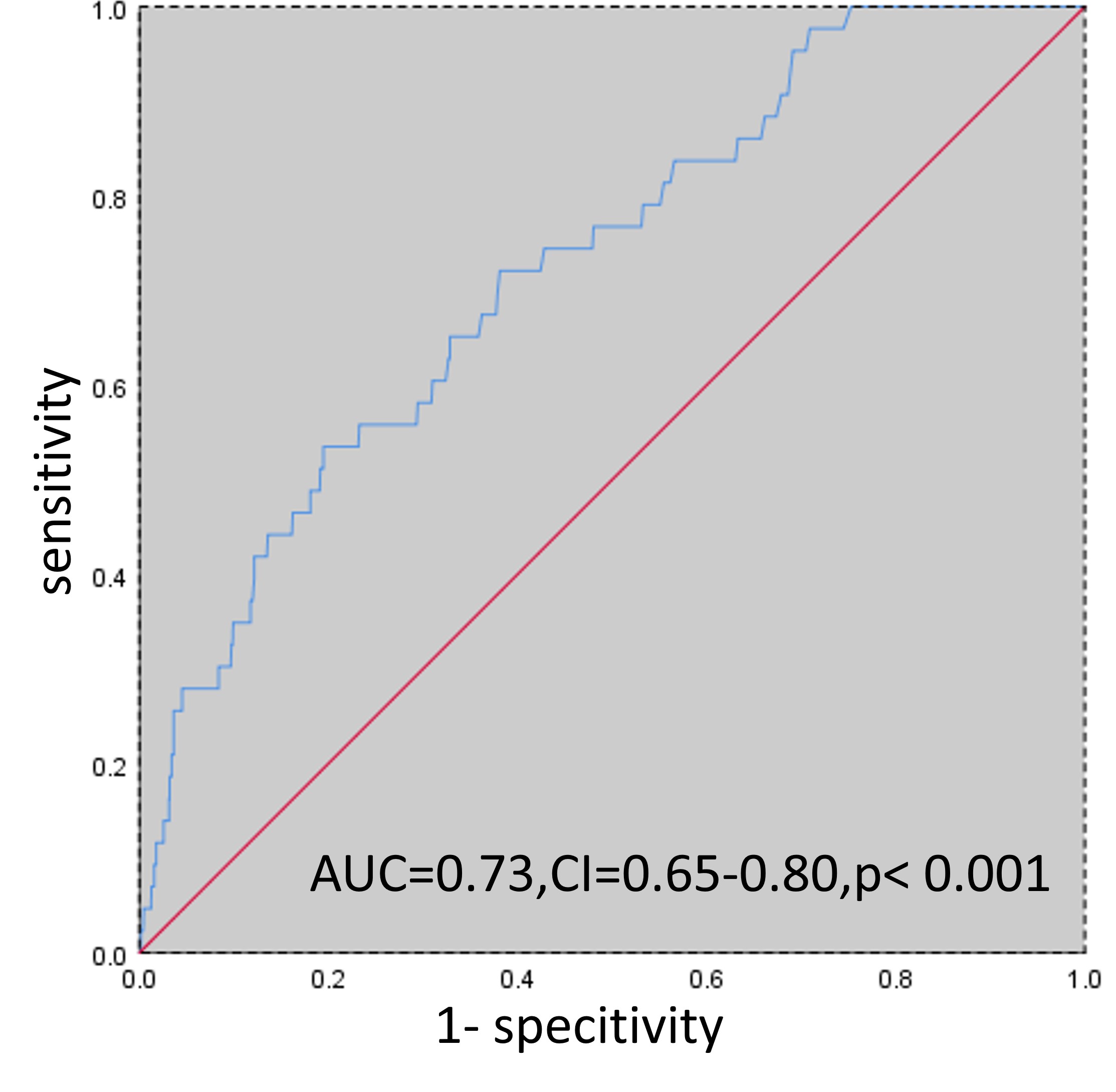Lots of interesting abstracts and cases were submitted for TCTAP 2021 Virtual. Below are accepted ones after thoroughly reviewed by our official reviewers. Don’t miss the opportunity to explore your knowledge and interact with authors as well as virtual participants by sharing your opinion!
TCTAP A-008
Presenter
Hehe Cui
Authors
Hehe Cui1, Xiaosong Ding2, Hongwei Li2, Hui Chen2
Affiliation
Beijing Anzhen Hospital, Capital Medical University, China1, Beijing Friendship Hospital, China2
View Study Report
TCTAP A-008
Acute Coronary Syndromes (STEMI, NSTE-ACS)
Urinary Alpha1-microglobulin as a Novel Predictor for In-hospital All-cause Mortality in Patients with ST-Segment Elevation Myocardial Infarction
Hehe Cui1, Xiaosong Ding2, Hongwei Li2, Hui Chen2
Beijing Anzhen Hospital, Capital Medical University, China1, Beijing Friendship Hospital, China2
Background
Alpha1-microglobulin is a small molecular protein relative to oxidation and inflammation, which exists in various body fluids including serum and urine. Serum tests boosted the diagnosis and assessment of patients with ST-segment elevation myocardial infarction (STEMI), and some indexes from blood tests were previously revealed to be valuable predictors for in-hospital mortality. However, the value of urinary tests was sometimes neglected in predicting in-hospital prognosis. Whether the urinary alpha1-microglobulin (UA1MG) can predict acute outcomes in patients with STEMI remains unknown.
Methods
A total of 1854 patients who were diagnosed with acute STEMI and hospitalized were retrospectively enrolled in the study. Demographic and clinical data, the UA1MG values, and admission laboratory parameters were extracted from medical records. Patients were classified into three groups based on tertiles of UA1MG value. The clinical outcomes among patients including cardiac death, major adverse cardiac events (MACE), and in-hospital mortality were reported.
Results
Among the patients, 43 patients ( 2.3 % ) died, and cardiac deaths were observed in 33 patients ( 1.8 % ) and MACEs were in 113 patients ( 6.1 % ) during hospitalization. The rates of in-hospital mortality, cardiac death and MACE were significantly increased in the higher tertile UA1MG group, compared to the lower UA1MG group ( 4.4 % vs 1.0 %, 3.1 % vs 0.6 %, 8.6 % vs 4.7 %; p < 0.001, p = 0.005, p = 0.007 ). In multivariate regression analysis, UA1MG levels ( odds ratio 1.109, 95 % confidence interval,CI 1.027 to 1.197, p = 0.008 ) independently predicted in-hospital mortality. In a receiver operating characteristic curve analysis, a UA1MG value > 3.23 mg/dL was identified as an optimal cut-off point in STEMI to predict in-hospital mortality ( area under the curve 0.73, 95 % CI 0.65 to 0.80, p < 0.001 ). Significant correlations between UA1MG and high sensitive C reactive protein or creatinine were demonstrated ( p < 0.001 respectively ).


Conclusion
UA1MG value was revealed to be an independent prognostic factor of in-hospital mortality in STEMI patients. The underlying reason might be correlations of UA1MG with renal function or inflammation.


